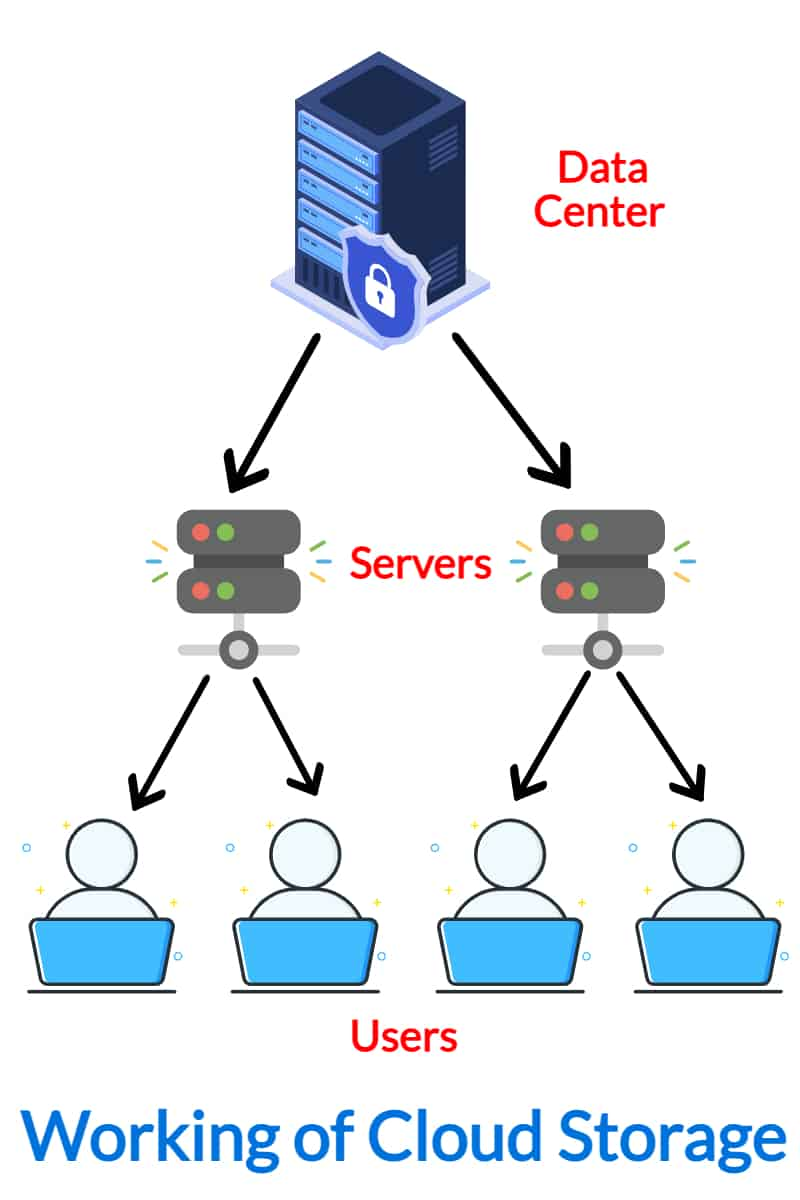Achieve Seamless Assimilation With Universal Cloud Solutions
In the busy landscape of modern-day company procedures, the pursuit for smooth integration with universal cloud services stands out as a critical element for accomplishing organizational performance and competitiveness. By discovering the elaborate interaction between cloud services and assimilation approaches, services can open a world of possibilities to optimize process, enhance cooperation, and drive advancement.
Benefits of Universal Cloud Provider
Universal Cloud Solutions supply a myriad of benefits for companies looking for scalable and effective options for their diverse digital demands. By using cloud solutions, companies can stay clear of the high expenses linked with getting and preserving physical servers.
An additional advantage of Universal Cloud Solutions is boosted versatility and access. With cloud services, staff members can access data and applications from anywhere with a web link, enabling remote job and raising efficiency. This access also promotes cooperation among staff member, no matter their physical place.
Moreover, cloud solutions provide durable safety and security attributes, safeguarding delicate service data from possible threats. Solution companies purchase sophisticated safety actions, such as security and regular data back-ups, to make certain the stability and confidentiality of information saved in the cloud. This level of safety offers satisfaction for companies managing delicate data and regulatory compliance requirements.
Secret Functions for Combination Success
Applying successful assimilation of cloud services calls for a calculated focus on crucial features that simplify operations and maximize performance. Making certain that the cloud services being incorporated are compatible with existing applications and systems is essential for smooth data circulation and capability. The incorporated cloud services must be able to range quickly to suit changing service demands, whether it's a boost in information volume or individual website traffic.
Furthermore, automation capacities play a significant function in integration success. Automation simplifies processes, decreases hand-operated mistakes, and enhances effectiveness. Real-time information synchronization is likewise crucial. The capacity to synchronize data across incorporated cloud services promptly guarantees that info is constantly current and accurate. Monitoring and analytics features are vital for tracking efficiency, determining concerns, and maximizing the incorporated cloud services for peak performance. By concentrating on these vital features, companies can accomplish successful combination of universal cloud services.
Ideal Practices for Execution
To make sure the successful combination of cloud services, sticking to ideal practices for execution is critical. Clearly specify the objectives of the assimilation, identify the particular cloud solutions needed, and establish a timeline for execution.
Secondly, choosing the appropriate cloud service carrier is crucial. Examine possible suppliers based upon their credibility, protection steps, scalability, and compatibility with your existing systems. Carrying out complete research and seeking suggestions can assist in making an informed decision.
Moreover, focus on information safety and security throughout the implementation procedure. Apply file encryption, accessibility controls, and regular safety and security Visit Your URL audits to secure delicate details. Additionally, make sure correct training for staff members to mitigate risks connected with human mistake.
Finally, preserve clear communication channels with all involved celebrations to deal with any type of problems immediately and make sure a smooth integration procedure. On a regular basis review performance metrics to examine the performance of the integration and make essential adjustments. By adhering to these ideal techniques, companies can simplify the implementation of cloud services and maximize their benefits.
Overcoming Common Integration Challenges
Addressing usual Continue assimilation difficulties requires a critical technique and positive problem-solving strategies. Among the most widespread difficulties in cloud integration is making certain compatibility between different systems and applications. This typically entails taking care of disparate information formats, methods, and safety requirements. To overcome this, companies can leverage middleware remedies that serve as middlemans to help with interaction between systems with differing specifications.
An additional typical hurdle is handling the scalability of incorporated systems. As data volumes change, it is necessary to create integration frameworks that can dynamically readjust to meet altering needs. Scalability concerns can be mitigated by utilizing cloud-native modern technologies that provide elastic resources and automated scaling capacities.
Safety and security worries additionally pose a considerable difficulty in cloud integration. Safeguarding delicate information throughout transit and making certain conformity with market policies are paramount (linkdaddy universal cloud storage press release). Applying robust security systems, accessibility controls, and regular safety audits can aid deal with these worries properly
Additionally, the intricacy of integrating tradition systems with contemporary cloud platforms can offer challenges. Legacy systems may do not have compatibility with modern assimilation methods, needing specialized options or middleware to connect the space. By comprehending and proactively attending his response to these typical difficulties, organizations can achieve smooth assimilation with global cloud solutions.
Future Trends in Cloud Assimilation
Accepting cutting-edge approaches and advanced technologies is vital for staying in advance in the rapidly advancing landscape of cloud combination. Looking in advance, several future patterns are set to shape the way companies approach cloud combination.

Moreover, the growing emphasis on protection and conformity in cloud combination is expected to drive the development of more robust safety and security procedures and governance frameworks (universal cloud storage Service). Data personal privacy policies like GDPR and CCPA are pushing companies to prioritize information security in their integration approaches
Final Thought
In final thought, achieving smooth integration with global cloud services is essential for organizations to enhance operations and boost efficiency. By leveraging cost-effectiveness, versatility, and robust security functions, organizations can enhance data flow, automate procedures, and guarantee real-time synchronization. Focusing on scalability, compatibility, and protection actions in integration methods will allow businesses to get rid of challenges and remain in advance of future patterns in cloud combination, driving performance and development in their procedures.
In the fast-paced landscape of contemporary business procedures, the pursuit for seamless combination with global cloud services stands out as a critical element for attaining organizational effectiveness and competition. By concentrating on these key functions, companies can attain successful combination of global cloud services.
By understanding and proactively resolving these common challenges, organizations can accomplish seamless combination with global cloud solutions.
